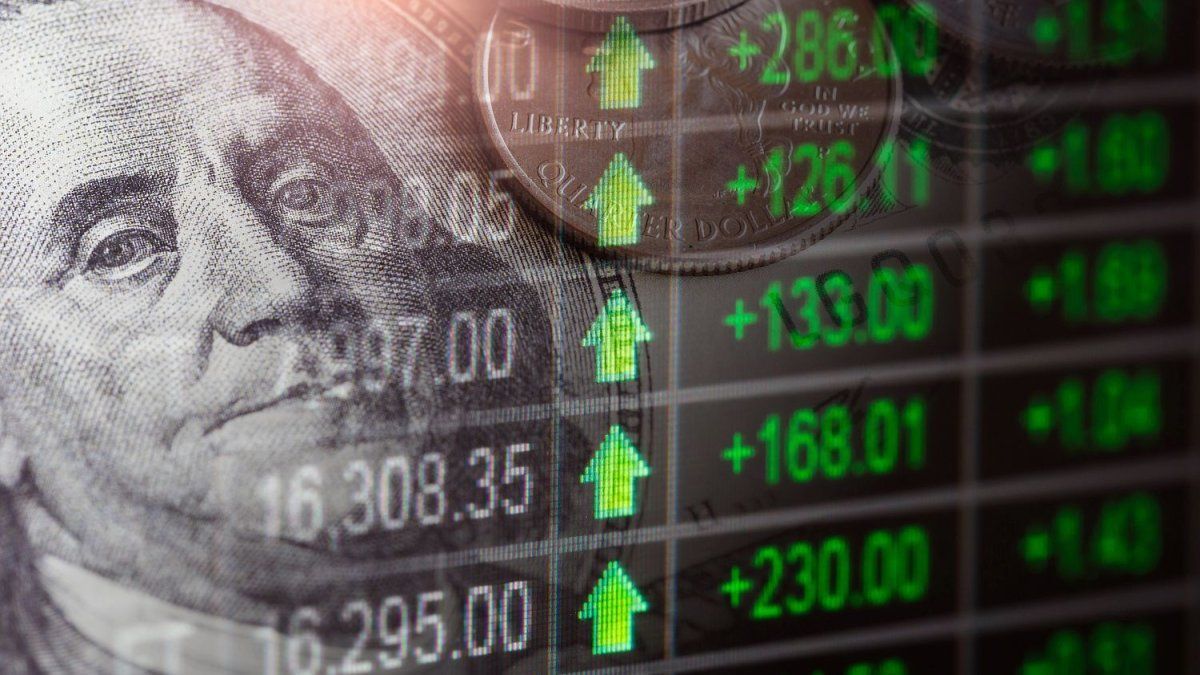Two years of corona pandemic with four lockdowns had hit the domestic breweries hard, and the corona aid would have cushioned a lot, said the chairman of the Austrian Brewery Association, Sigi Menz, today, Tuesday, at an online press conference. Despite the restrictions, the total output rose to around 9.9 million hectoliters last year, which is equivalent to around 495 million half liters. For comparison: In 2019 it was 9.5 million hectoliters, the year before 9.15 million. The Linz-based Heineken subsidiary Brau Union with brands such as Zipfer, Gösser and Schladminger is responsible for around half of this.
The overall growth is mainly due to retail, said Menz. In normal years, this accounts for around two thirds of the total emissions. Well, in the crisis, it’s 80 percent. The other side of the coin is the gastronomy and the lack of festivals and major events: In the previous year, around 200,000 hectoliters of draft beer were sold via this channel, around half the level before the crisis. “Social life hasn’t really got going again, and of course there aren’t any tourists either,” said Menz.
When it comes to the most popular types, lager/March beer remains at the top with a market share of around 70 percent. There were declines in special beer, pilsner, shandy with alcohol and wheat.
For this year, the breweries are longing for the end of the dry spell with the easing. Menz and Florian Berger, managing directors of the brewery association, see the price increases for energy and packaging material as well as the events in the Ukraine as problem children for the beer market. However, Austria can cover the domestic demand for grain and is not dependent on deliveries from the “granary” Ukraine. International breweries would have a harder time there. When it comes to the supply of gas, the two association representatives pointed out that the majority of domestic breweries are now also using renewable energies.
The beer market in Austria includes 320 breweries, which most recently employed 3,700 people and generated more than 1.4 billion euros.
Source: Nachrichten




